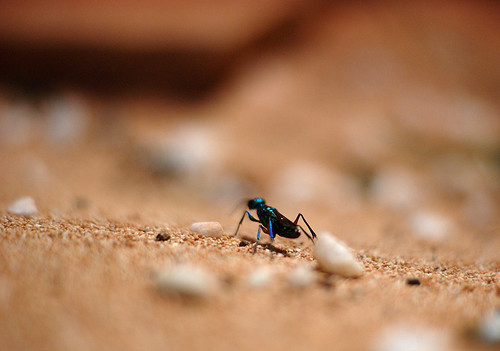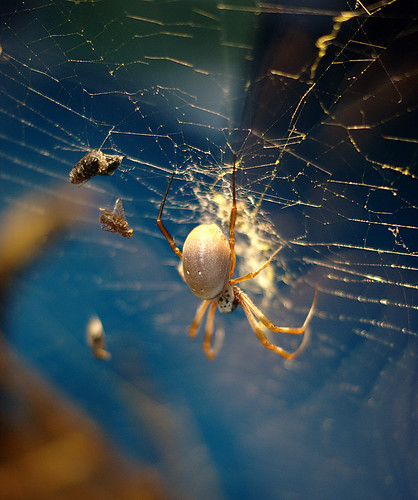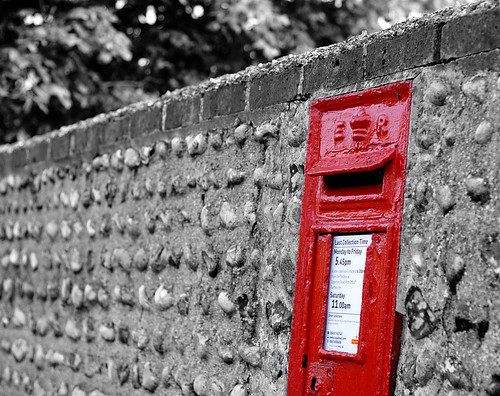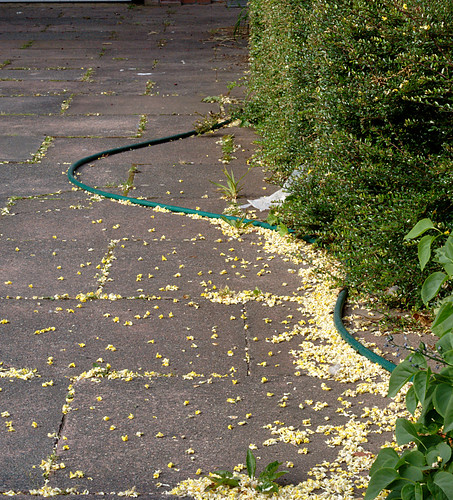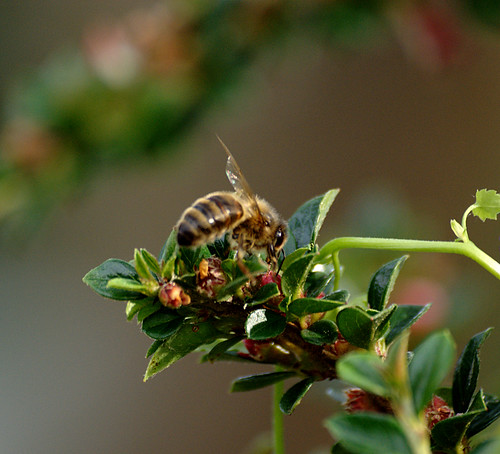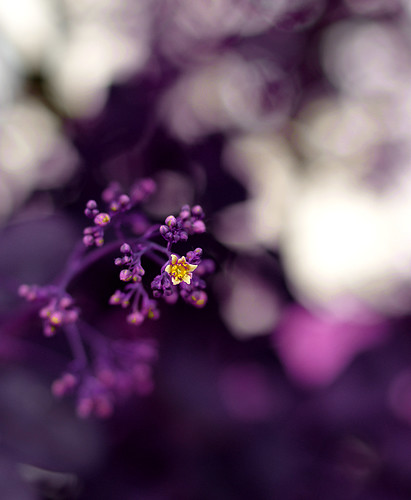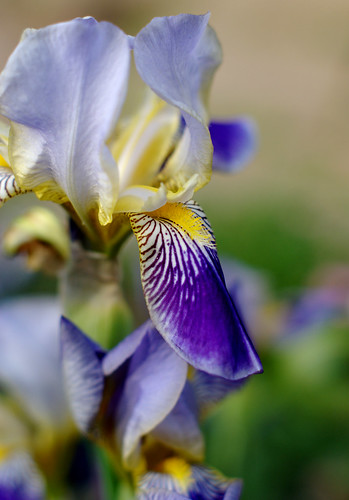It goes pretty much without saying that I had an amazing time in Paris. The weather was good (apart from a day of rain at the tennis -- malheureusement), the company was wonderful, the apartment was
bijou, the food was... well, cheesy -- all in all I had a blast.
I definitely approached this holiday with a slightly different perspective than I did last year's. While I was ultimately there for the tennis (and I made sure my photography didn't get in the way of that) I certainly had a few other things going on in my mind.
1) Would my new lens really get me as close as I wanted?
Ok so I wasn't peering up the players' nostrils like some of the pros and their amazing lenses would have been, but considering we were up in the stands I was surprised and delighted at the zoom level I achieved.
 Roger Federer (aka future husband)
Roger Federer (aka future husband)
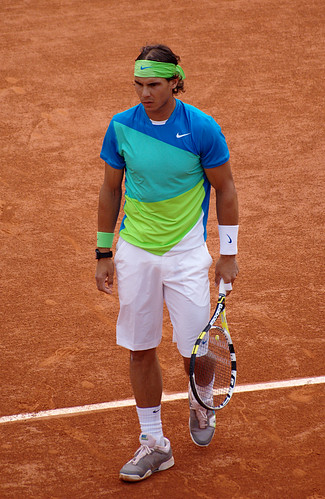 Rafael Nadal (aka Imogen's future husband)
Rafael Nadal (aka Imogen's future husband)
Much to Imogen's delight the zoom was enough to get some very pervy shots of Rafa, changing his shirt, picking his shorts out of his bum as he does, etc. So yes, the zoom level was sufficiently awesome.
2) Would I be able to find the right settings to get decent shots?
I had a feeling going in that shooting in Shutter Priority wouldn't quite cut it in the sporting conditions. The lens I took is not a fast lens -- fully zoomed in the maximum aperture is only f/5.6 -- so in order to get the shutter speed I desired I needed to turn up the ISO. I have a pathological fear of noisy shots but as it was still fairly light and the court was textured enough to hide the noise, I went for it anyway, and shot in full manual -- the first time I'd done so for an extended period of time.
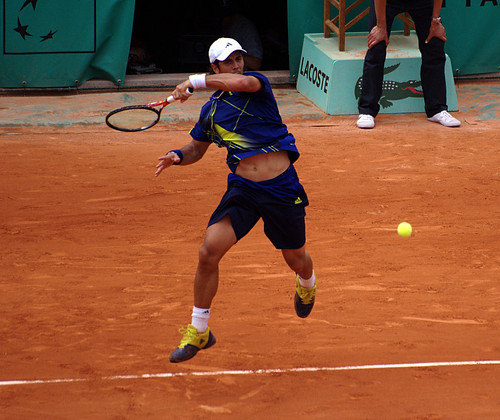 Fernando Verdasco and his chiselled, chiselled abs
Fernando Verdasco and his chiselled, chiselled abs
What was most interesting was that in the conditions it was really difficult to see the shots on the LCD to determine whether they were correctly exposed. So, another first for me, I changed the preview screen to show the histogram instead. As long as the histogram was either evenly spread, or at least bunched up towards the middle, I was happy with the exposure.
And the third "first" for me was that I used the camera's metering mode properly for the first time. Either on the LCD or within the viewfinder, the meter shows me the exposure bias for that shot with the settings I was using: if it was 0.0 or thereabouts, it was correctly exposed -- between 0.0 and +2.0 was over-exposed, and -2.0 to 0.0 was under-exposed. Using this I was able to adjust my settings "on the fly" much more, which was important on the days when there was occasional cloud cover -- you'd be surprised how many adjustments have to be made when the sun goes behind a cloud.
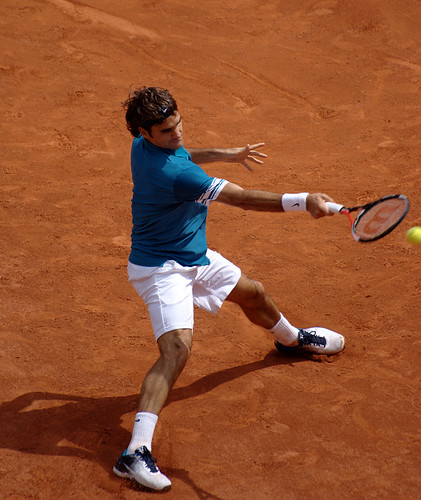 Federer in the sun - f/5.6, 1/1250sec, ISO100
Federer in the sun - f/5.6, 1/1250sec, ISO100
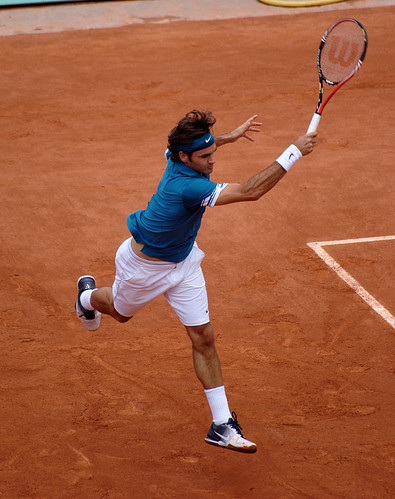 Federer in cloud cover - f/5.6, 1/800sec, ISO400
Federer in cloud cover - f/5.6, 1/800sec, ISO400
What this experience happily taught me is that, if the conditions demand it, I absolutely am able to choose the correct settings on the fly and end up with a perfectly satisfactory shot. Me being me, I am still not 100% happy with them, but I know it's more of a limitation of my budget -- could I afford faster lenses, I'm confident I would have taken crisper shots.
3) Would the DSLR with optical zoom lens be that much different from the digital zoom of the high-end point-and-shoot cameras?
Fuck yeah it would.
 Alejandro Falla clay-sliding en route to losing to Federer
NON-TENNIS SHENANIGANS
Alejandro Falla clay-sliding en route to losing to Federer
NON-TENNIS SHENANIGANS
We did go sight-seeing a little too -- our apartment was less than 10 minutes walk from the Eiffel Tower so we went to have a look on our first evening there.
Let me just state for the record that the Eiffel Tower by day is pretty shocking. It's very rusty, they've built a massive skate ramp at the base of it, and generally speaking it's a little kitsch.
However at night, it becomes something else altogether -- they light it up (of course) and if you catch it when there's still a little blue in the sky it really does look amazing.
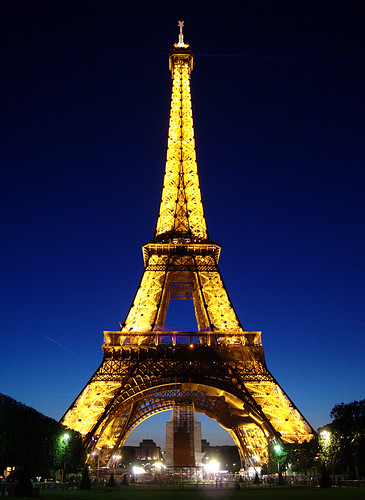
You can see the skate ramp bottom-middle -- it's a shame really, but they built it for some world record free-fall skating attempt, so maybe they'll dismantle it?
So I'm gonna toot my own horn again. Given that we were just wandering around, I did not use a tripod for the above shot, which was taken in manual mode at a shutter speed of 1/4sec. This is extremely slow. Given the speed I am very, very pleased with myself for getting this result hand-held. Likewise, the following shot was taken at 1/3sec, even slower than the above:

My fear of noise, which is much more obvious on dark shots, prevented me from upping the ISO and shutter speed accordingly. So I just grasped the camera in one hand, the lens in the other, breathed out and pressed down.

For this shot I was experiencing some severe vertigo looking up at the structure -- I had to go down on one knee to avoid falling over backwards -- so the fact that I got a clear shot at 1/5sec is, to me, fairly remarkable.
On the whole, taking my camera with me gave the trip an additional angle from which to enjoy myself, and I really did. I feel like I've learned a lot from a practical perspective, not just in theory, which ultimately is more valuable in the long run.
On the flipside, I was so surgically attached to my camera for that week that I haven't picked it up once since I got back -- oops!


